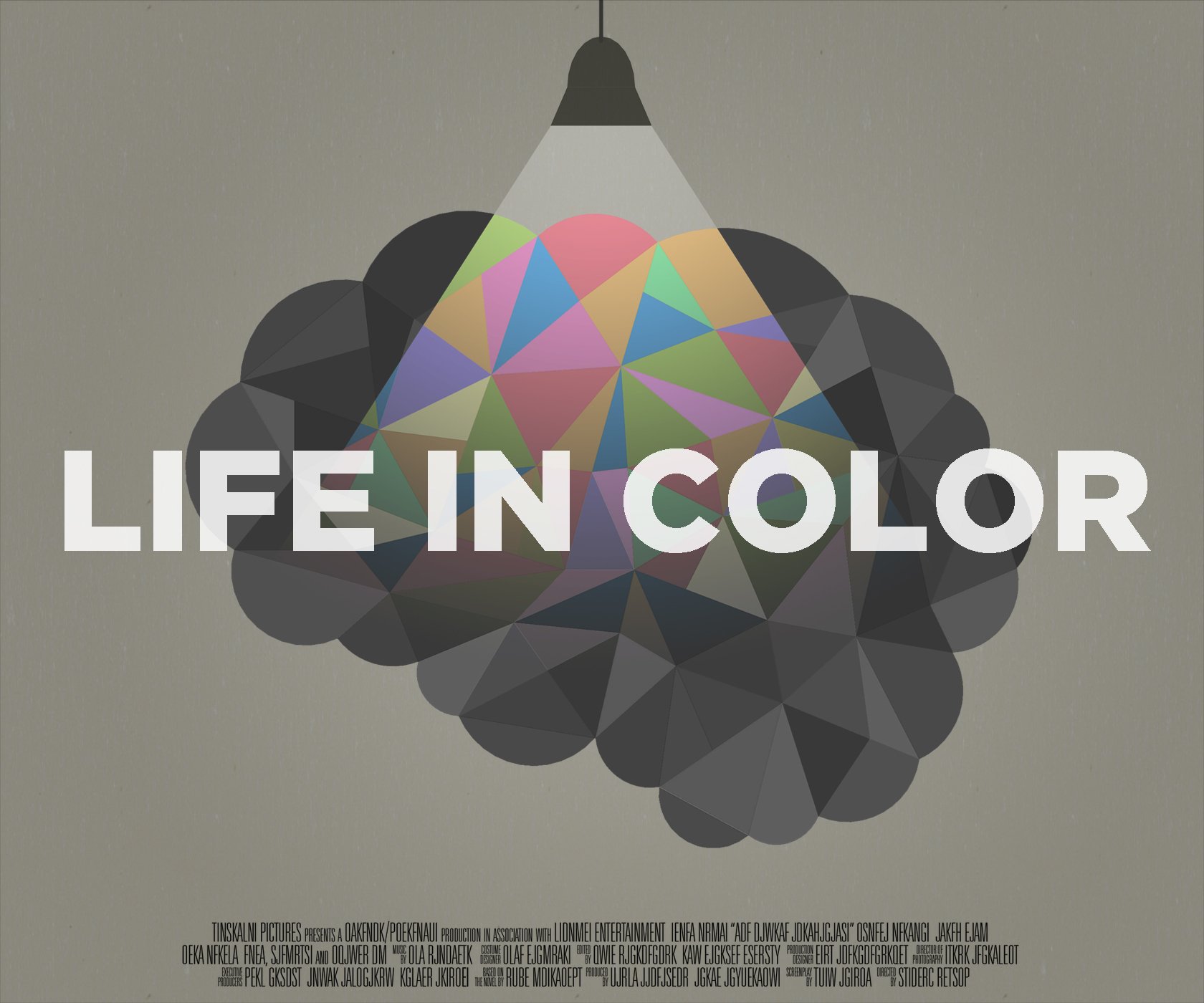One of the visions of in-Training has been to raise awareness of the significant issues affecting medical students across the United States and internationally. Yet, when we focus solely on our needs, we often fail to see and appreciate the patient perspective. Our compassion is limited and our perspective is narrowed. The demanding hours of medical school and continuous challenges of medicine perpetually press us to accept our own imperfections and humanity. The gravity of our actions takes a toll and as we continue further in our training. We intellectualize and we forget about the importance of humanism in medicine. Hence, we often turn to art as the source to bridge the human connection between medical providers and patients. With art, we stand on neutral ground with our patients, we pause and take the time to appreciate and internalize their perspective. And it is this aim that is the foundation of Life in Color.
Filmed at Los Angeles, CA, under the execution of director and co-writer Bishal Dutta and producers Edward Mkhitaryan and Yulia Safonova, the project was launched as a crowd-funding campaign. It illustrates a story of a closeted gay man in the middle stages of Alzheimer’s disease and intends to give the world a raw and brutal view of Alzheimer’s that has rarely been presented before.
Life in Color is personal to the whole cast and crew. The individuals involved have loved and studied film-making all their lives and have worked on countless productions, gaining experience and creative confidence which have blossomed into this production as they work together at the height of passions. The creator of the film spoke vividly, “you watch helplessly as the person who once carried you on their shoulders and filled your head with dreams shatters into a million little pieces right in front of your eyes. I remember feeling like I was a thousand miles away from my grandfather when my family lost him to Alzheimer’s. Years later, I began to wonder … what was going on in his mind through it all?”
In Life in Color, Harold is the protagonist who desperately tries to preserve the memory of his estranged lover by revisiting the place of their final meeting. Harold has held onto his secret for decades to avoid persecution in a prejudiced society, but now, finding the memories slipping due to his disease, Harold desperately tries to conjure them again. Beth, Harold’s newly married and pregnant daughter, is his caregiver and a symbol of many caregivers who try to help but often unintentionally harm their loved ones suffering from Alzheimer’s, due to a lack of education and understanding.
“Not only are we dealing with Alzheimer’s, we are also telling the story of a repressed and closeted gay man. This is one of the essential truths of the disease: it does not matter who you are, nor what hopes and dreams you have,” shares the team. “Every day, there are people like our protagonist, Harold, desperately holding onto their identities. And every day, there is fear, miscommunication and misunderstanding about the disease. Our mission with this film is education.”
After years of hard work and preparation, the team has placed the project on hold given the controversial nature of the film — yet its message deserves recognition. Edward Mkhitaryan and Yulia Safonova are the producers behind the film and often work on powerful, socially conscious pieces that incite meaningful action. Their aim is to elevate diverse voices through art to address and empower underserved audiences.
Before the early 1990s, dementias such as Alzheimer’s did not even have a name and were simply regarded as “old age.” Since we have uncovered the truth, we know that this silent epidemic grows within our minds for decades before it emerges. It is not enough to wait until we ourselves and our patients face the disease head-on to become informed. We must integrate this societal dialogue into our medical education and foster discussion with patients. Yet a discussion of a disease is an abstract concept, the significance of which is often misunderstood or misguided. We often fail to understand that words are felt deeply, and often differently, by patients. They have not seen the millions of images, histology slides and anatomical changes that we omit in our discussions and it does not become evident until they are fighting the disease themselves. We often forget words but we never forget the images we’ve seen and the feelings we’ve felt. Our first steps begin with recognizing the simplicity of the human perspective and understanding.


